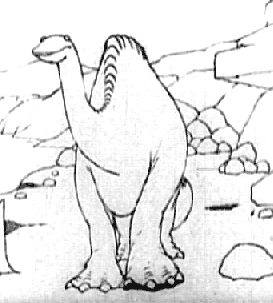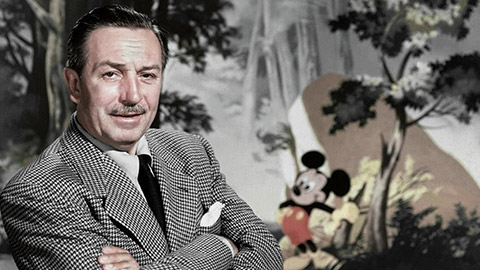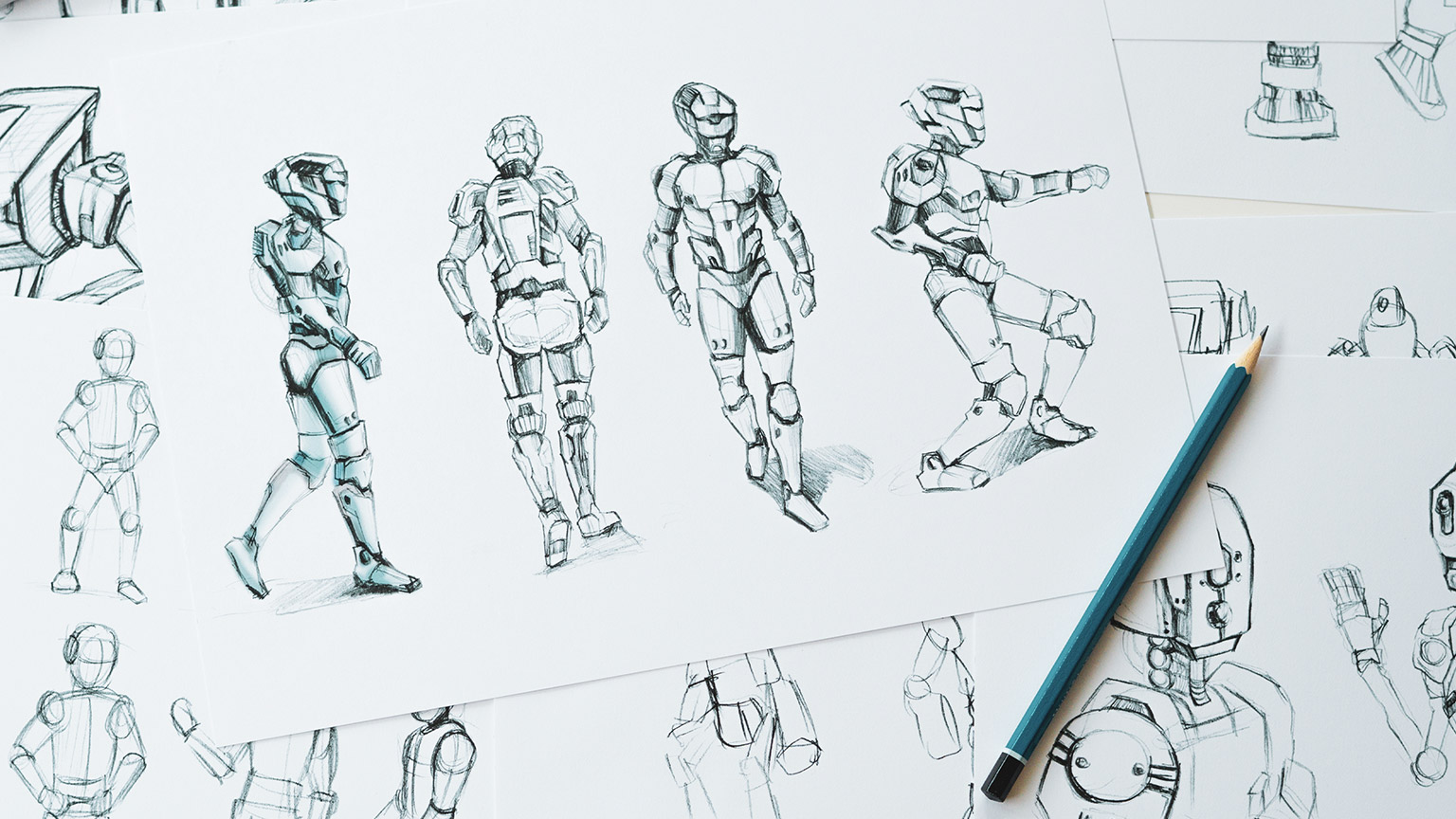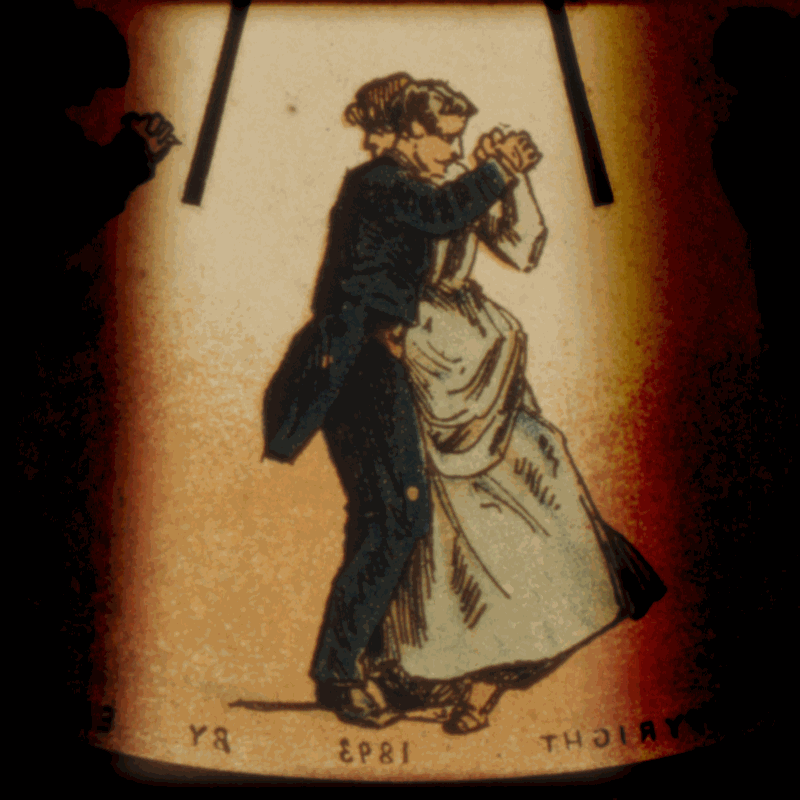Animation is not the art of drawings that move, but the art of movements that are drawn.
Norman McLaren
Animation began from humble beginnings. What we look as being simple in today's time, began as an advanced concept. We are going to cover types of animations but first, we shall explore the origins of animation.
Animation is the art of making inanimate objects appear to move, it is an artistic impulse that helps us tell stories and communicate emotions in a unique way that both children and adults can understand.
Throughout the years it has helped connect people around the world through sharing humour, sadness, excitement and love that writing can simply not do on its own.
Animation has also made a huge impact on the way we view films and interpret stories. For us to understand how it has evolved, we will take a trip down memory lane to explore its beginnings.
Invented by John Ayton Paris, a British physician, in 1824, the Thaumatrope was the first instrument to exploit the Persistence of Vision.
The thaumatrope was used as a scientific toy that consisted of a disc attached to 2 pieces of string. On both sides of the disc, there are two images and when twirled the images on both sides form a picture. The thaumatrope fools your eye by switching images faster than the tenth-of-a-second limit, thus merging what are two separate images into one visual impression.
Persistence of Vision
The persistence of vision refers to the optical illusion that occurs when visual perception of an object does not cease for some time after the rays of light proceeding from it have ceased to enter the eye.
Watch the following video to learn more about the persistence of vision and how the thaumatrope supports this.
Phénakistiscope
How about that for a name?
The Phenakistiscope was invented by Joseph Plateau in 1841 and was believed to be the first widespread animation device that created a fluid illusion of motion.
The optical toy used the persistence of vision to create an illusion of motion. The phénakistiscope consisted of two discs mounted on the same axis. The first disc had slots around the edge, and the second contained drawings of successive action, drawn around the disc in concentric circles and when spun created a moving image.


Let's have some fun and make a thaumatrope!
Material needed:
- Thick card
- Compass or jar lid
- Pencils and pens
- scissors or craft-knife
- Glue
- Hole punch
- String
-
Project preparations (cut circles)
Use a compass or jar lid to draw two circles on a piece of thick card. Use scissors or a craft-knife cut out each of circles -
Draw pictures, one on each side of the circle
Use your imagination and draw an image on each circle that, when combined will make an interesting new image. Tip: Use a tracing table or backlit window to position your images so they align correctly. -
Glue
Glue the circles together back to back. Tip: The images need to be the correct way up when flipped vertically so the image on the back should be upside down when you hold it up to a window or light. -
Punch holes
Create a hole on either side of the combined circle so that you can thread string through. -
Attach strings
Cut two lengths of string about 25 cm long and thread one through each of the holes. Tie each string’s ends together to create two loops. -
Magical illusion
Spin the disk by twirling the strings between the thumbs and index fingers. Like magic, the images appear together.
The first flip book appeared in 1868 by John Barnes Linnet. He created the Kineograph which is Latin for “moving picture’’. His kineograph was the first form of animation to use a linear sequence of images – like a booklet rather than circular drums.
We will learn more about how to create a flipbook animation in the following topic.

I made 10,000 cartoons, each one a little bit different from the one preceding it.Winsor McCay
Keyframe Animation
In 1914 a cartoonist and animator, Winsor McCay created the first keyframe animation called “Gertie the Dinosaur”.
Keyframe animation is essentially another word used for frame by frame animation, which is where you draw each frame to create a motion.
After 6 months of hard work and 10,000 drawings inked on rice paper mounted on cardboard, he was able to create an animation that seemed to have a personality, a presence, and a life of her own.
The first cartoon star had been born!
Gertie was a dinosaur that he was able to bring alive again through animating her in a naturalistic style. He was able to create her to breathe rhythmically, move naturally and shift her weight as she moves to drink water.
This was a milestone within animation as he imbued her with a personality; while friendly, she could be unpredictable and rebelling against her master's command.
McCay would walk onto the stage with a whip, calling out for Gertie. The cartoon started playing. McCay gave Gertie a series of commands, which she then performed onscreen.
Winsor started to commentate her actions as if she was responding to his cues.

"Come out Gertie and make a pretty bow" Winsor announced.
"Thanks! Now raise our right foot."
"That’s good, now raise your left foot."
"Ignore that sea merchant, raise your left foot."
Although a silent film, Gertie was able to demonstrate humour, rebellion and stubbornness throughout this animation that captured the audience into believing that animations can be created to have personalities and temperaments.
Gertie paved the way for future animated stars, including Mickey Mouse, who would not make his first appearance for another 14 years.
Check out Gertie the Dinosaur in the following video.

In 1928 Walt Disney, an American animator, writer, voice actor and film producer introduced a new aspect to animation that included synchronized sound. His film “Steamboat Willie” demonstrated this.
The element of sound had been added which began to make the illusion of life that much more complete and that much more magical for viewers around the world.
Check out “Steamboat Willie” starring Mickey Mouse.
“Steamboat Willie” the cartoon was considered to be the debut of Mickey Mouse and started what would become the Disney Empire.
In 1937, Walt Disney released what many considered to be the first animated feature film, “Snow White and the Seven Dwarfs”.
Snow White and the Seven Dwarfs was to be the first full-length cel-animated feature in motion picture history.
Cel-Animation
Cel-animation is the art of creating 2D animation by hand on sheets of transparent plastic called “cels”, with each cel featuring one drawing with an outline on one side of the plastic and colour being filled in on the other. They are then placed over a background and photographed in sequence.
The technique is that when played back at a speed they create the illusion of movement.
Walt Disney was able to use this method to craft a story and make the vision of Snow White and the Seven Dwarfs come to life.
This paved the way for Walt Disney to continue to revolutionise animation becoming one of the most innovative animators and story writers to change the entertainment industry.



